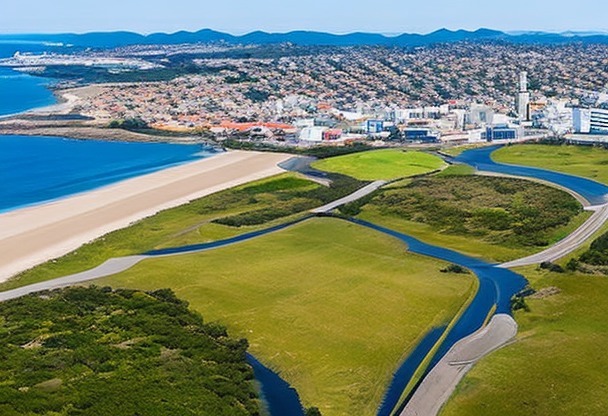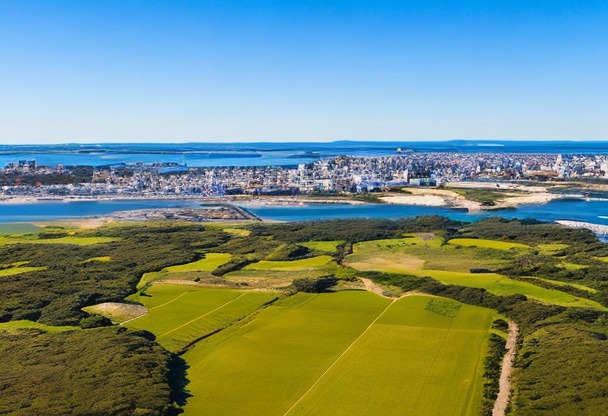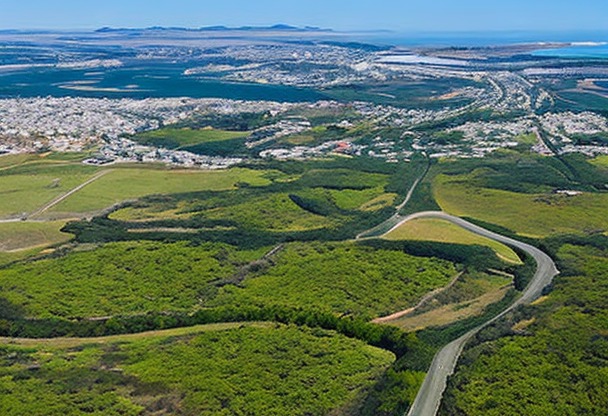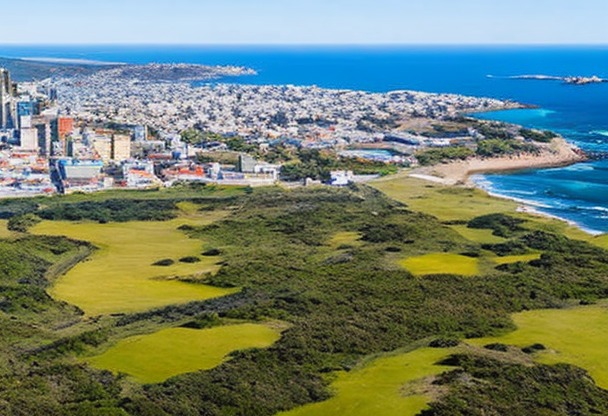Best time to travel to Uruguay
Choosing the right period for your trip to Uruguay can make all the difference. It's important to consider climatic elements, seasonal events and peak tourist periods to maximize your travel experience.

Location
Climate
The climate in Uruguay: when to leave for the best weather conditions?
Located in the southern hemisphere, Uruguay's seasons are the reverse of those in Europe. Summer runs from December to February, while winter is from June to August. Here's an overview of seasonal weather conditions:- Summer (December - February) : This is the hottest and sunniest period, with temperatures reaching 30°C. Ideal for enjoying beaches and water sports.
- Autumn (March - May): Temperatures are milder and rainfall is beginning to increase. The scenery is sublime, with the leaves of the trees changing color.
- Winter (June - August): Temperatures are cool, dropping to as low as 5°C. This is the wettest time of the year, with frequent rainfall.
- Spring (September - November) : Temperatures are gradually warming and the sun is making a comeback. Nature is in full bloom with the flowering of plants.
Public holidays and major cultural events: not to be missed during your stay
Uruguay has a rich cultural heritage and offers many events throughout the year. Here's a selection of the must-sees:Uruguay Carnival
Carnival is undoubtedly the country's most important festival, taking place between January and February. It lasts for several weeks, with parades, concerts and dance performances in every town. The highlight is the famous "Llamadas", a parade of comparsas (groups of dancers and musicians) through the streets of Montevideo.Semana Criolla
Creole Week is an annual event held during Holy Week (March or April) to celebrate Uruguayan culture. On the program: equestrian competitions, folklore shows, craft exhibitions and tastings of local culinary specialties.Festival Internacional de Cine de Punta del Este
This international film festival is held every February in Punta del Este, one of Uruguay's most popular seaside resorts. It brings together directors, actors and film buffs from all over the world to attend film screenings, conferences and workshops.Heritage Day
This event takes place on the last weekend of September, and gives visitors the chance to discover numerous historic sites and museums throughout the country, free of charge. It's also an opportunity to attend conferences, exhibitions and concerts organized especially for the occasion.High and low tourist season: when to leave to avoid the crowds and take advantage of low prices?
In Uruguay, high and low seasons generally correspond to the climatic seasons described above. Here's an overview of the advantages and disadvantages of each period:- High season (December - February) : This is the most popular period for tourists, thanks to the ideal climate for enjoying the beaches. As a result, prices are higher and accommodation fills up fast. Remember to book well in advance if you wish to travel during this period.
- Low season (June - August) : Fewer tourists, more affordable prices and the chance to enjoy the sites without the crowds. On the other hand, the weather can be less kind, with cool temperatures and frequent rain.
Insurance

Your credit card does not cover you in all situations, that is whyIt is essential to take out insurance before you leave to avoid any unpleasant surprises. If you need to see a doctor or be hospitalized, in some countries, medical costs are very high and you will then find yourself having to pay several thousand euros.
Our partner Chapka Insurance proposes the contract CAP ASSISTANCE 24/24 with many essential guarantees.


Flights

Your flight has been cancelled or delayed ?
You may be eligible for a compensation of up to €600 ! For this, lawyers are responsible for handling your claim with the airline and are only paid when the reimbursement is effective.
In conclusion, no financial risk for you, only advantages!
Statistics on immigration to Uruguay
According to data from the United Nations (UN), Uruguay has around 90,000 international migrants in 2020, or 2.5% of the total population. There has been a steady increase in the number of immigrants since 2010, when there were just 68,000.Main nationalities of immigrants
The main immigrant groups in Uruguay come from Argentina, Brazil and other Latin American countries. Here's a breakdown of the most common nationalities:- Argentinian: 36%
- Brazilians: 17%
- Paraguayans: 8%
- Bolivians: 7%
- Chilean: 6%
Immigrant profile
The majority of immigrants to Uruguay are working people, aged between 20 and 49. Their level of education is generally high, with a high proportion of university graduates. The vast majority of international migrants settle in the capital, Montevideo, which accounts for more than 80% of the country's immigrants.Most popular visas in Uruguay
Uruguay offers different types of visa for foreigners wishing to stay or settle in the country. The most commonly requested visas are :- Temporary visa (turismo)
- Permanent residence visa (residencia permanente)
- Work visa (trabajo)
- Study visa (estudio)
- Family reunion visa (reagrupamiento familiar)
Asylum seekers in Uruguay
Due to its tradition of welcoming immigrants and its geographical location, Uruguay is also receiving a growing number of asylum seekers. In 2020, the country recorded almost 1,000 asylum applicationsThis is mainly due to people from Venezuela, Cuba and other Latin American countries. Uruguay is a signatory to the Geneva Convention on Refugees, and has a system for protecting asylum-seekers that complies with international standards.International tourism figures for Uruguay
Despite its small size, Uruguay is a popular tourist destination in South America. The figures for international tourism are proof of this craze:- Number of tourist arrivals in 2019 around 3.5 million
- Revenue from tourism in 2019 : nearly US$2 billion
- International tourism as a percentage of GDP : 6,7%
Main tourist markets
The majority of tourists visiting Uruguay come from neighboring countries. Here are the main tourist markets in 2019:- Argentina : 65%
- Brazil : 17%
- Chile : 5%
- Paraguay : 2,5%
- UNITED STATES : 2,5%


